Predator hunting is in a tier above deer hunting.
Deer are prey. It is their lot in life to be hunted. While deer hunting can be challenging, they’re basically oversized rabbits, and easily outsmarted.
Not so with coyotes.
Coyotes are smart. They observe humans and adapt their behaviors. They can tell a hunter from a farmer, and some have even learned to differentiate calls from real animal sounds.
Even worse, coyotes can attack farm animals and, in rare cases, humans.
Missing a deer can leave a blank space in your freezer. Missing the coyote can leave a rancher’s calf dead.
Coyotes are one of the more satisfying animals to hunt. You can stalk them for years without learning everything there is to know about coyote hunting, but this primer will help you bag your first yote.
1. Before the Hunt
The most important part of coyote hunting is the pre-hunt preparation.
It doesn’t matter how good you are at hunting if you are confronted by a game warden while trespassing, accidentally or not.
So, follow this checklist to ensure a good hunt:
- Learn how to hunt coyotes (you’re doing this right now, good job!)
- Learn your local laws about hunting and make sure you have the appropriate licenses and permits
- Figure out where you’re going to hunt and get permission if it’s not public hunting land
- Gather your gear and check functionality (sight your rifle, test out the electronic coyote call, etc)
2. Bring the Right Tools
A coyote hunt requires, at the very least, a firearm and a coyote call.
You can try hunting without a call if you know a coyote will pass by a certain place at a certain time. 99% of the time, however, you’ll need to call in the coyote if you want to have a chance at even seeing one.
Coyote hunting is done at long ranges from a single location. The best firearms for this are rifles with small-yet-powerful cartridges, a scope, and a bipod. If you are hunting at night, you might want to also consider a coyote hunting light.
Make sure you have these items.
Cartridge Selection
For coyote hunting, you want a small-caliber bullet traveling at a high rate of speed so it’s flat-shooting and hits hard.
My favorite coyote hunting cartridge is the .223 Remington. That’s because I’m very experienced hunting with my AR-15.
Some other good coyote hunting cartridges include:
- .17 Hornet
- .220 Swift
- .22-250 Remington
- .243 Winchester
- 6mm Remington
A larger bullet will cause more damage to the coyote’s pelt. You can use a larger cartridge, such as the 6.5 Grendel, if you’re less interested in skinning the coyote.
Scope
It’s rare to get a coyote within 100 yards. A scope is practically a necessity.
For coyote hunting, I prefer between 1x and 2x magnification for every 100 yards I’ll shoot. That would be between 3x and 6x at 300 yards, for example.
Too much more magnification and you’ll lose out on the field of view necessary for tracking your target.
Bipod or Shooting Sticks
You’ll need some way to stabilize your rifle, otherwise you’re likely to miss your shot.
I like to mount a bipod on my rifle. They’re easy to use.
Shooting sticks are another good option and can allow you to hunt while standing, not just prone or against a tree.
Camo and Scent Killer
Coyotes have excellent senses of sight and smell. In order to hunt them, you need to foil their senses.
Wear camouflage over most of your body. Some camo is better than no camo, but a camouflage specific to your part of the world will work best.
Don’t forget to wash your clothes with scent killing laundry detergent and to use no-scent soap and shampoo!
Calls
A good coyote call is a must, because coyote hunting involves bringing them toward you.
There are two types of predator calls:
- Electronic calls
- Mouth calls
Electronic Calls
This type of call is my favorite because it’s the easiest to use.
An electronic call is an audio player attached to a speaker, most often with a remote control. You set it up where you want to shoot the yotes, go to your hiding spot, and turn it on.
You can control the calls made. They are also loud enough to call in coyotes from far away.
Learn how to choose the best coyote call here.
Mouth Calls
Mouth calls are harder to use than electronic calls. They also don’t carry as far.
But there’s nothing like talking to a dog and bringing it in with your own skill!
There are plenty of online resources you can use to learn coyote calls. You’ll need to practice, a lot, before you have a chance of calling in a yote this way.
Decoys
A moving tuft of fur looks like a rabbit trying, and failing, to hide, which can cause even shy coyotes to come closer.
A purpose-made decoy on a motorized base is a good way to attract coyotes. Sometimes, though, you can get similar results by tying a feather to a twig stuck in the ground.
When the wind blows, the feather moves as if it were a jackrabbit’s ears.
Hunting Blind
While you can hunt from a bush or by laying down on a berm, a hunting blind will make your coyote hunting experience much more comfortable.
Your hunting blind should be camouflaged to match the surrounding environment. Put it in the shade, which helps the camo work better.
Also, make sure you can easily aim at where the coyote will be! A hunting blind is worthless if you place it with the corner facing the coyote.
3. Go Where Coyotes Roam
Deer hunting involves lots of scouting, sometimes involving the use of trail cams.
Coyote hunting should be the same way.
Before you hunt an area, visit it first and make sure coyotes actually roam that hunting property.
Look for coyote signs, such as scat and tracks.
Kill signs are even better, as is hearing a howl.
Where Do Coyotes Prowl?
Coyotes, as predators, like two things:
- Stealth
- Vantage points
You can expect coyotes to prefer edge habitat, such as thickets, which can obscure them from detection. They like being the ones to see you first, so they’ll also come from high-up vantage points.
So, expect them to prefer terrain that’s broken up with lots of cover, whether it’s shrubland, rolling hills, or river cutouts. They don’t like wide, open expanses with nothing to hide behind.
4. Set Up for Success
Once you’ve found a property that has coyotes and it’s time to hunt, make sure to set up your hunting site properly.
First of all, be quiet!
Coyote hunting begins before you leave your vehicle. Slamming truck doors can spook them away before you’ve set your call down.
Move silently and, if you have to talk, do it in a whisper. Don’t let the coyotes hear you.
Then, look for an area that’s relatively high up but not at the top of a hill, preferably with tree or bush cover.
That location should be downwind of where you’ll take your shots since you don’t want your scent to get blown toward the coyotes.
If the sun is behind you, all the better. Coyotes have trouble looking into the sun, so you’ll be better hidden there. You’ll get better lighting, too.
Once you’ve set up that area, it’s time to put out the electronic call and decoy.
Head downhill (if you can) and put the call at least 30 yards away from your hunting spot, potentially up to 100 yards away if you’re confident in your shooting skills.
Yes, some calls claim a 300-yard range. That’s unrealistic in the field. Though, you can raise the call off the ground to get better reception.
If you have a decoy, put it several feet away from the call. The noise should sound like it’s coming from the decoy.
Turn the call so it faces you’re expecting the coyote to come from.
Then, turn it on and head back to your hunting spot.
Chamber a round (safely and pointed in a safe direction), then use your caller to call in the coyote.
To reiterate:
- Stay silent
- Break up your outline with camo
- Keep the wind in your face
- Keep the sun at your back
- A higher vantage point is preferred
- Don’t silhouette yourself against the skyline, even when moving into position
Now, it’s time to bring in that yote.
Three Ways to Attract a Coyote
Animal behavior can fall into four categories, sometimes called the “Four Fs”:
- Feeding
- Fighting
- Fleeing
- …Mating
Coyotes are no exception.
Obviously, we want to avoid making them flee. That’s what happens when they notice something isn’t right and they avoid you.
You can use the other three behaviors to bring in a coyote though.
Feeding
Coyotes are predators. Like most predators, they are always hungry for an easy meal.
A desperate coyote will go after anything. Chances are, the coyote over the hill is not yet desperate, so you’ll need to call them in with the promise of food.
That’s why electronic predator calls have the sounds of animals in distress. Coyotes prefer to eat rabbits, so try a rabbit distress call.
A scared, wounded rabbit puts out a terrifying scream. That scream says “danger!” to other rabbits and “dinner!” to coyotes.
Add a decoy so it looks to the coyote like a rabbit is flopping around, unable to escape, and you’ll bring them in.
Unless it’s a coyote which has already seen this trick.
In this case, less-commonly-used distressed animal calls can bring in a call-shy dog. They’ve heard rabbit screams, but have they heard a woodpecker in distress before?
Fighting
Coyotes are territorial animals. Even if they’re not hungry, they will come and defend their territory if they think some yote pup is trying to claim what’s theirs.
Electronic calls are good for emulating an intruding coyote.
If you’re good at non-electric calls, though, you may be able to learn aggressive calls and have a conversation with a territorial coyote. This is exhilarating, but also easy to mess up.
Mating
The third way you can bring in a coyote is to pretend to be a female coyote in heat, howling invitations for a partner.
Coyoting breeding season is from January through mid-March. This is the best time to use mating calls.
It only works on coyotes which haven’t paired up, though, since coyotes mate for life.
What Do You Do When You’ve Shot a Coyote?
A coyote responded to your call, got within range, and is down from your shot.
Now what?
First of all, don’t move yet! There may still be other coyotes around.
Continue calling for a while. You may be able to call in several more yotes to fall to your trigger.
Once you are sure there are no more coyotes to shoot, it’s time to take care of the bodies.
Dealing with the Dead Coyote
Coyotes, unlike deer, are not good eating.
This means you have a choice of skinning them or not.
Coyote pelts are not high-ticket items, but with a fur-bearer’s permit, you can still make some money with their pelts.
Also, some fur buyers will buy dead yotes with the skin still on. “In the round,” if you prefer.
However, if you are hunting coyotes to ease pressure off of a rancher’s animals, you may need to leave them to decompose in the wild.
Put together a plan with the property owner so you know where you can dispose of the bodies. They’ll return nutrients to the soil, but it’s extremely rude to just dump them wherever.
And don’t leave the corpses close to any water supplies!
Common Coyote Hunting Mistakes
Though it’s satisfying when you’ve successfully taken a coyote, it’s very possible for you to never see one on your hunt.
What went wrong?
Did you commit one of these mistakes?
You Were Too Obvious
Coyotes, especially ones in areas of high hunting pressure, are very wary animals.
Slamming a truck door or silhouetting yourself against the skyline can alert the dog to your presence, causing them to flee.
Remember, you need to be as stealthy as possible to outwit these predators.
You Called Too Aggressively… or Not Aggressively Enough!
Coyote calling is an art, one that takes time to learn.
An over-enthusiastic call can scare off a coyote. Timid calling can go unheard, so the nearby coyotes won’t know to investigate.
Unfortunately, you’ll have to experiment and learn how to call coyotes in. Watching coyote call videos can jump-start your education, though.
You Weren’t Patient Enough
Coyotes are wary and stealthy creatures, so even if you call one in, you may not see it for quite a while.
If a coyote is not confident in its safety then it will move slowly and through cover.
Half of coyote hunting is waiting for the yote to reveal itself. You won’t be successful if you get impatient and move while the coyote is still hiding.
Conclusion
Coyote hunting is equal parts satisfying and frustrating.
These wild dogs are too smart for their own good and can be difficult to find and call in.
But with enough patience, stealth, and calling knowledge, you’ll be able to put down several coyotes in one go.

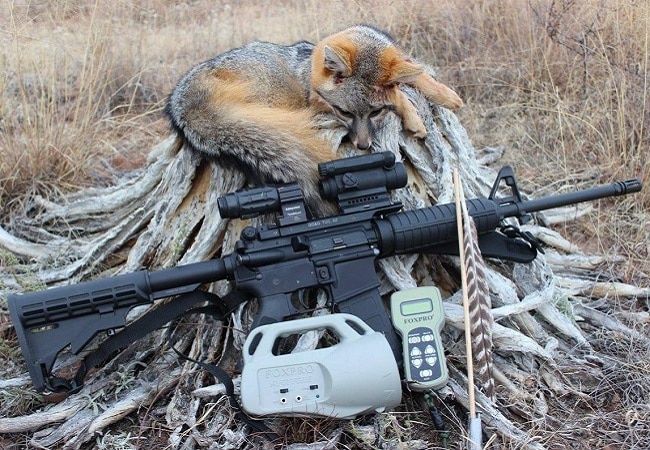
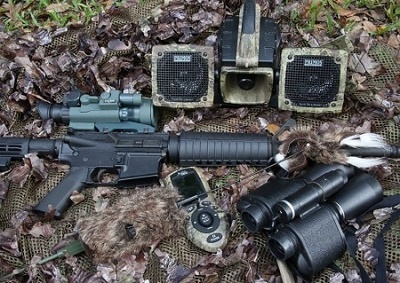
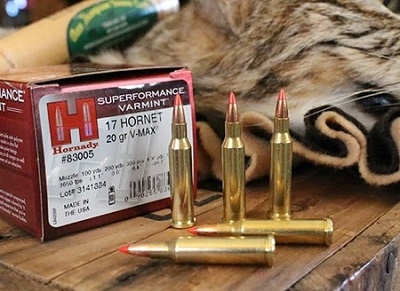
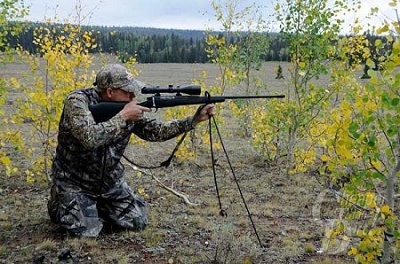
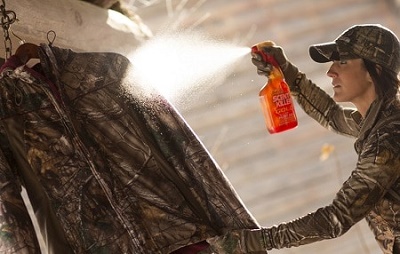
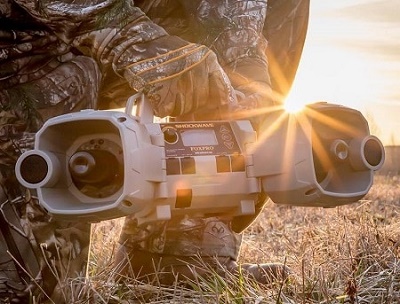
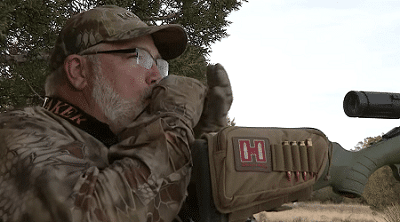
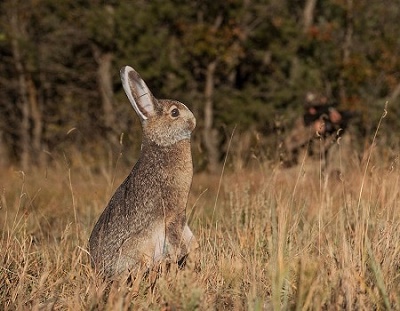
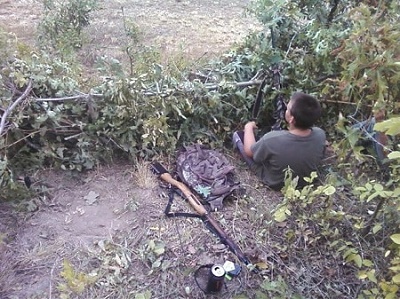
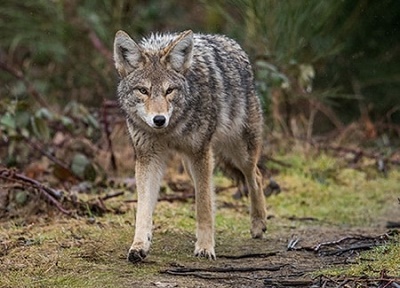
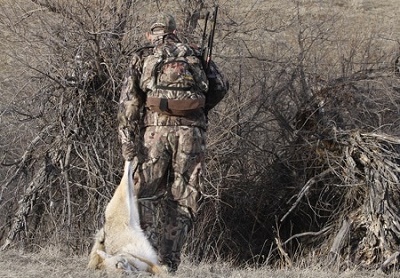
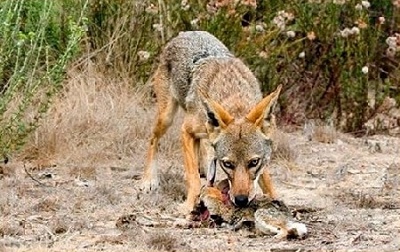
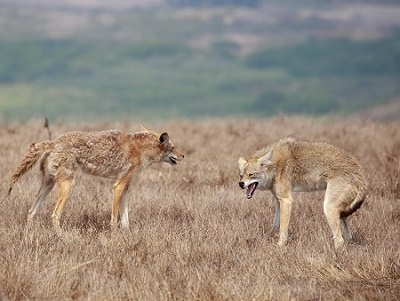

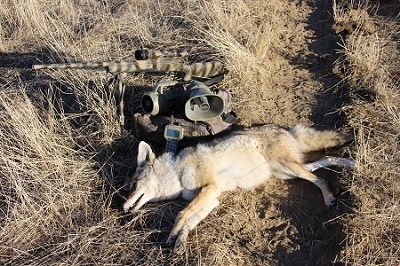
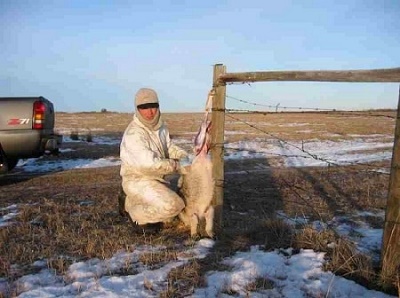
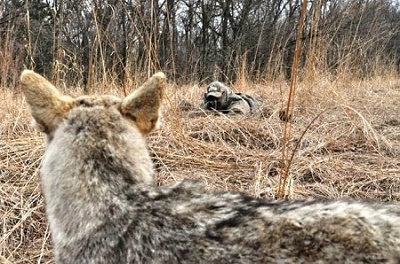
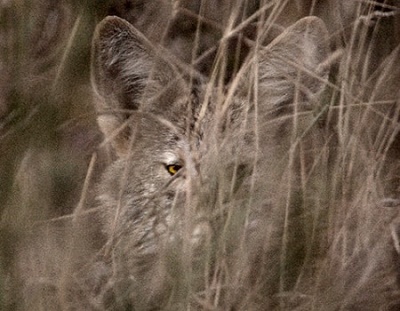
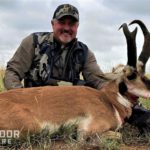
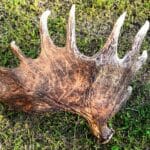
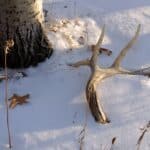
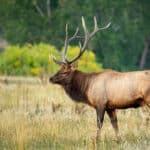
Comments are closed.